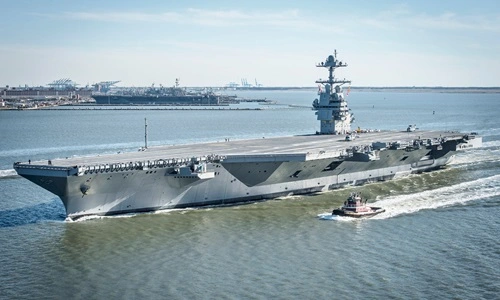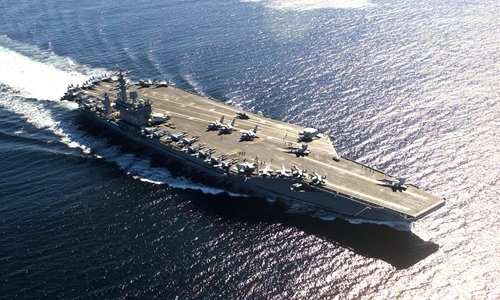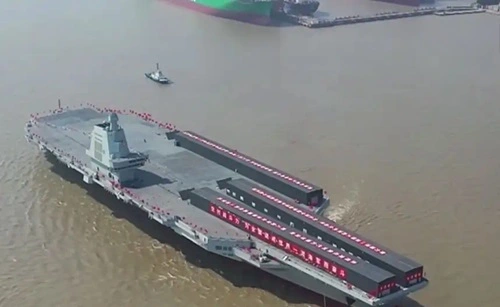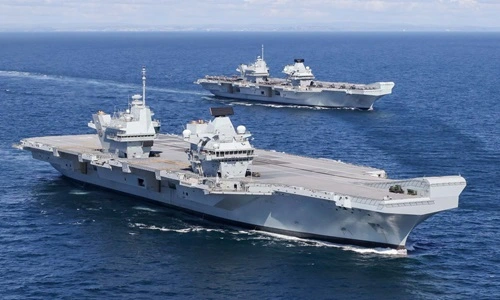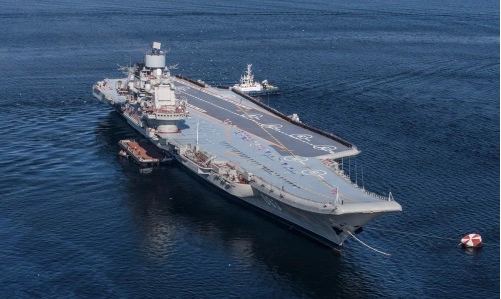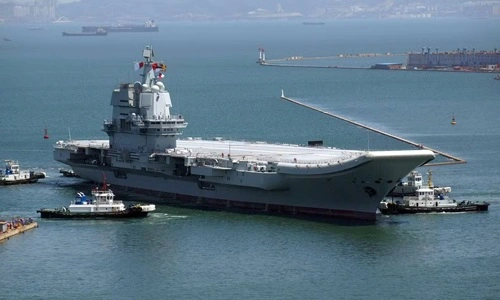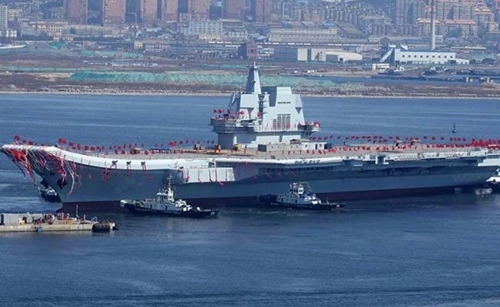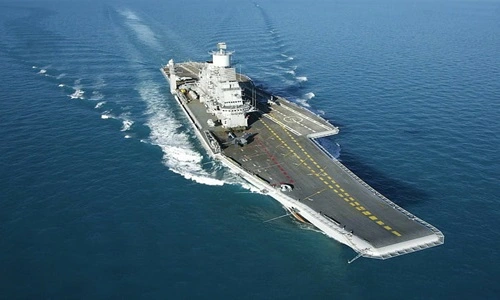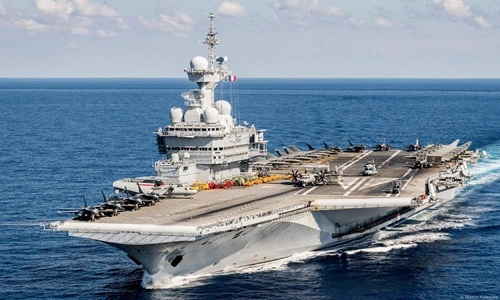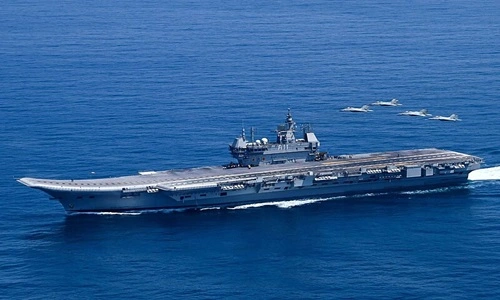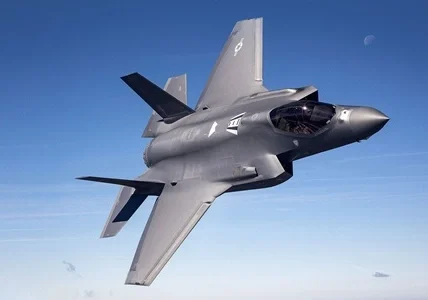When you look at a country’s navy power, you basically consider how many aircraft carriers they have because that’s one of the deciding things when it comes to combat on the ocean surface. And if you are into the navy power of different nations, you must also be feeling quite intrigued about which are actually the biggest aircraft carriers in the world, right? Well, that’s what we will be covering in today’s post because today we are all about taking a good look at the top 10 biggest aircraft carriers in the world. Alright, here we go now.
1. The Gerald R. Ford Class (USA)
Leading in naval engineering for America, the Gerald R. Ford Class is for sure the most advanced aircraft carrier in the world right now. But did you know that this was delivered to the US Navy in May 2017 to take over from the older Nimitz Class carriers? Unique for the huge 100,000-tonne full-load displacement, this aircraft carrier has all the latest features, like the Electromagnetic Aircraft Launch System (EMALS). These carriers are not only more powerful, they are to support more than 75 aircraft, be fitted with advanced arresting gear, and provide a 250% increase in electrical capacity over previous models.
Also See: Best Fighter Jets in the World
2. The Nimitz Class (USA)
The Nimitz class has served the United States Navy as a carrier force core since the commissioning of the USS Nimitz (CVN-68) in 1975. Ranking among the largest warships ever built, with a full-load displacement tonnage of 97,000 and the biggest one being 332.8 meters long, these ships are equipped with state-of-the-art armament, including different missile options. All carriers in the Nuclear Supercarrier class are powered by a nuclear reactor and have an operational span of more than 20 years without refueling. It has a huge 4.5-acre area of flight deck, enabling the operation of over 60 aircraft for immense air superiority, surveillance, and logistical strength.
3. CNS Fujian (Type 003) (China)
Launched in 2022, the CNS Fujian is a testament to China’s advancing naval modernization and its escalating influence globally. The first of the Chinese models to adopt an electromagnetic aircraft launch system, mirroring the technology seen in the Gerald R. Ford Class, the carrier displaces over 80,000 tonnes. These upgrades will enable much more efficient launches of a much larger variety of aircraft than the older ski-jump method. The development is also a clear signal of China’s intent to extend its maritime capabilities and presence, especially to the highly debated South China Sea.
4. Queen Elizabeth Class (UK)
The HMS Queen Elizabeth and HMS Prince of Wales are from the Queen Elizabeth Class, the largest warships ever built for the Royal Navy at 65,000 tons each. They were commissioned in the 2010s and can carry up to 40 aircraft, including advanced F-35B stealth fighters. Under this class, the aircraft carriers have an advanced design with two flight decks and are exceptionally operational and safety-conscious. These Queen Elizabeth Class carriers are at the center of the UK’s maritime strategy, enabling the projection of power and support to allied forces across the globe.
5. Admiral Kuznetsov (Russia)
The other active flagship of the Russian Navy is the Admiral Kuznetsov, boasting a displacement of 58,500 tons. It supports fixed-wing aircraft and helicopters, among them Su-33 and MiG-29K fighters. Most notably unique among Western carriers, the Kuznetsov also carries substantial armaments, including anti-ship and anti-aircraft missiles. This bipolar capability would allow it to specialize in both surface combat and air superiority missions, essentially making it a modern hybrid in carrier designs.
6. Shandong (Type 002) (China)
In 2019, China launched the Shandong, its first homegrown aircraft carrier, a step change in capabilities for the People’s Liberation Army Navy. With displacement between 66,000 to 70,000 tons, its highlighted features include a ski-jump for launching jets, and an angled flight deck, enhancing the carrying efficiency and flight operations per capacity. The Shandong for sure greatly increases China’s naval presence, with the capacity to send missions to several within regional waters.
7. Liaoning (Type 001) (China)
The Liaoning, commissioned in September 2012, was the first carrier in China’s history. It was a Soviet-built Kuznetsov-class carrier, bought by China and then refurbished. Weighing 58,000 tons, it is mostly used for training and plays an extremely significant role in advancing China’s indigenous aircraft carrier capabilities. Liaoning is strategically important not only in an operational sense but also because it will be the ship that laid the foundation for China’s future aircraft carriers.
8. INS Vikramaditya (India)
India’s INS Vikramaditya, commissioned in 2013, is a refurbished Kiev-class cruiser of Russia. The 44,500 tonnes vessel, fitted with a STOBAR system, counts amongst its mainstay assets for the navy, whose air wing includes the MiG-29K. Major modifications have converted it into a potent aircraft carrier that underlines India’s reach across the Indian Ocean.
9. Charles de Gaulle (R91) (France)
The French flagship, Charles de Gaulle, was commissioned only in 2001 and is the only active nuclear-powered aircraft carrier outside of the US Navy. With about 40 planes on board, including Rafale M fighters and E-2C Hawkeye planes, the weight of 42,000 tons is definitely considered one of the most crucial structural units for all naval operations. Very unmatched with nuclear power is the flexibility of operation, allowing deployment all over the world without local refueling. This carrier forms the centerpiece of France’s international cooperation and global military projection.
10. INS Vikrant (India)
Launched in 2013, set to be operational by 2024, and capable of accommodating 40,000-tonne displacement and 40 aircraft, the INS Vikrant will be a symbol for India of a great leap in its naval capability. Fitted with a STOBAR system, similar to the Vikramaditya, it adds further to the operational flexibility of the Indian Navy. INS Vikrant thus highlights not just Indian manufacturing capabilities but also underscores its growing maritime ambitions.
Final Thoughts
That’s all there is for now. This list will be quite the same because aircraft carriers aren’t manufactured and launched every single day. But still, if there is any change or a new aka the biggest aircraft carrier so far comes to light, we’ll keep you posted about that.

Brandon is the cheif editor and writer at WorldUnfolds.com. With a passion for storytelling and a keen editorial eye, he crafts engaging content that captivates and enlightens readers worldwide.

